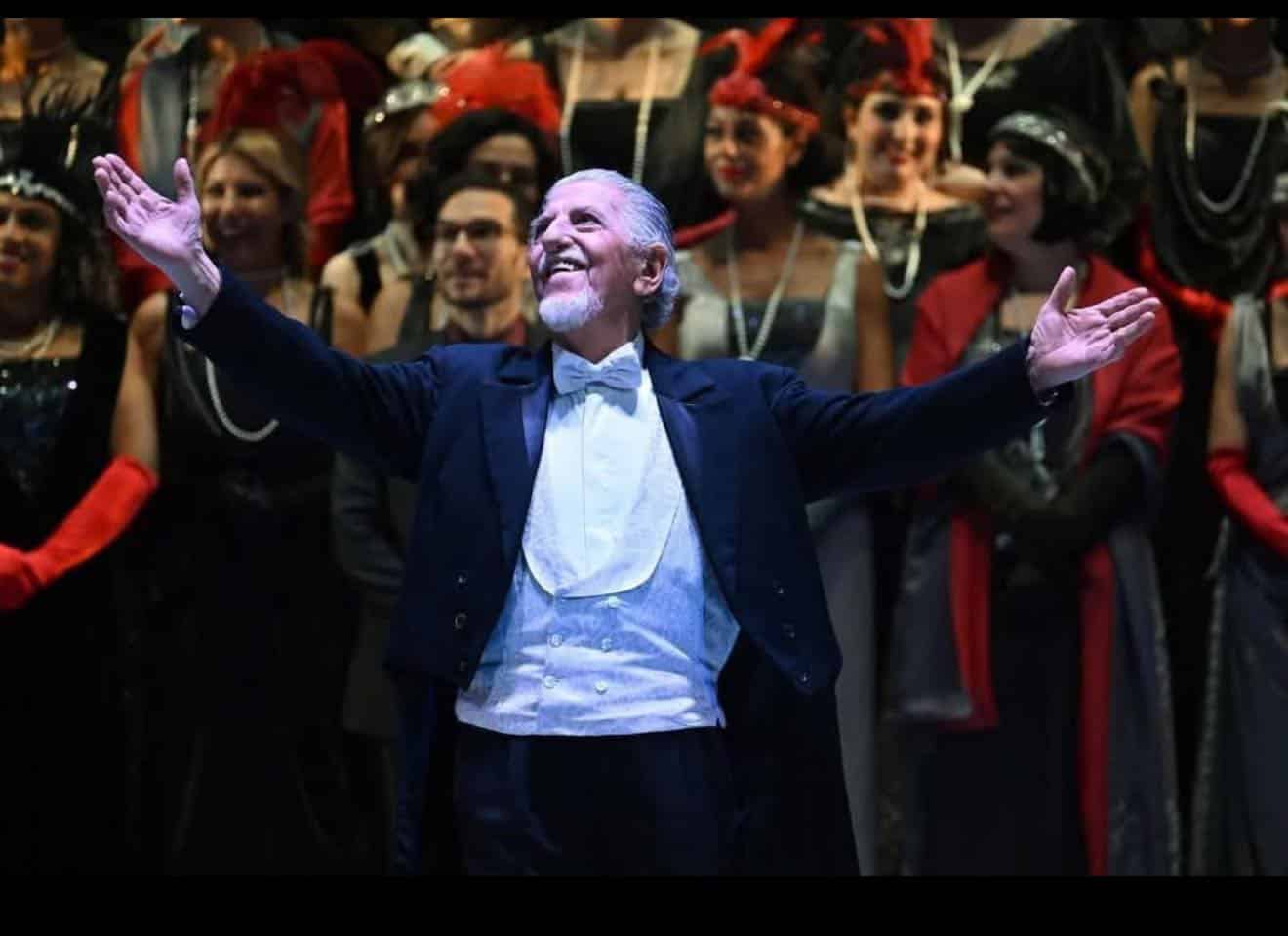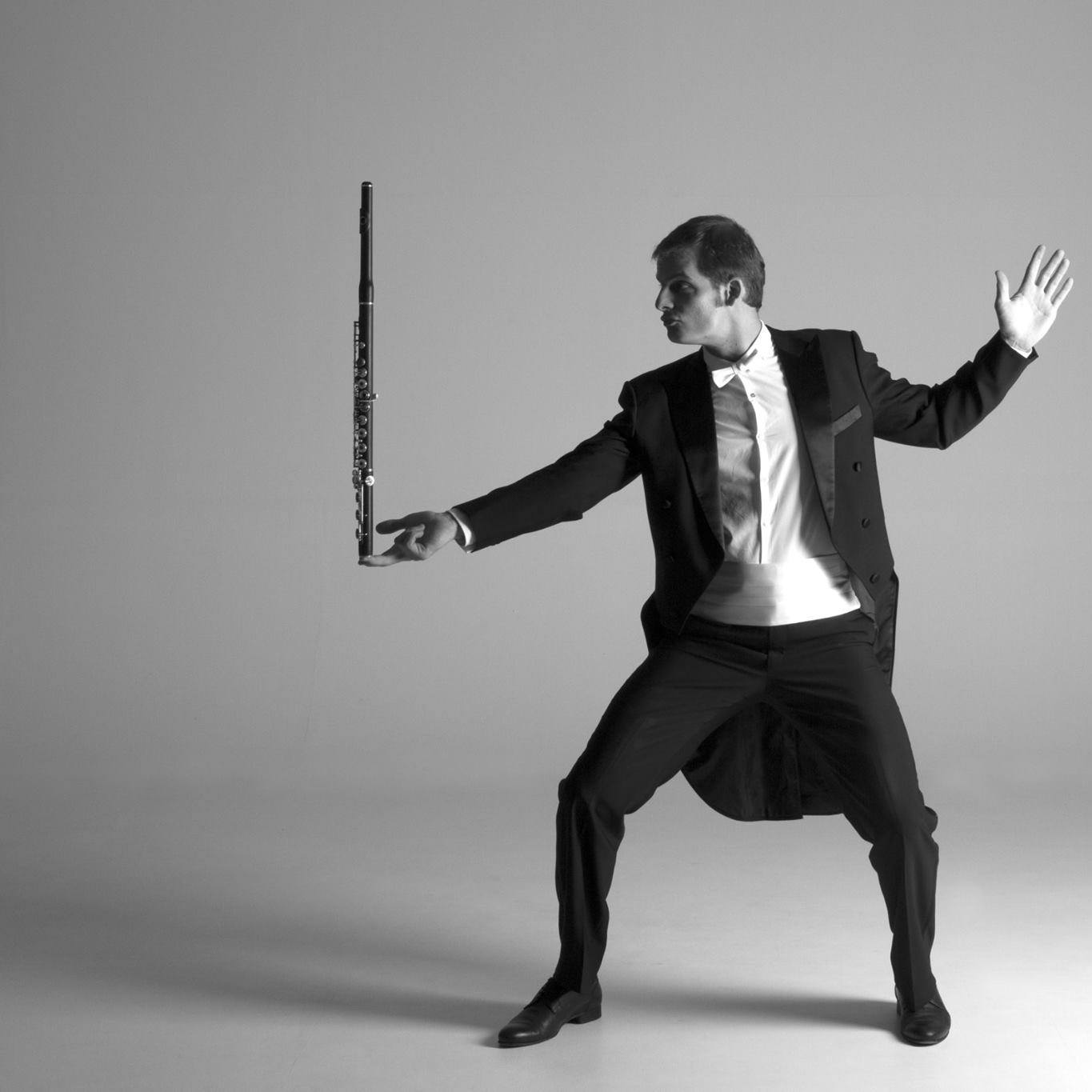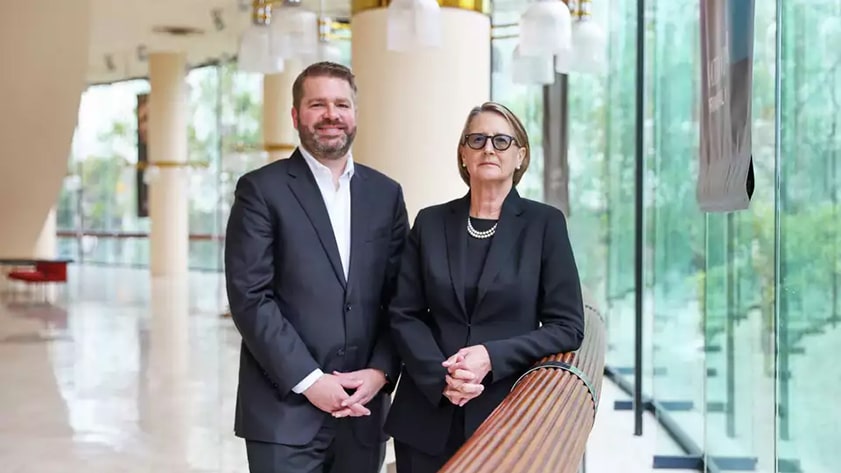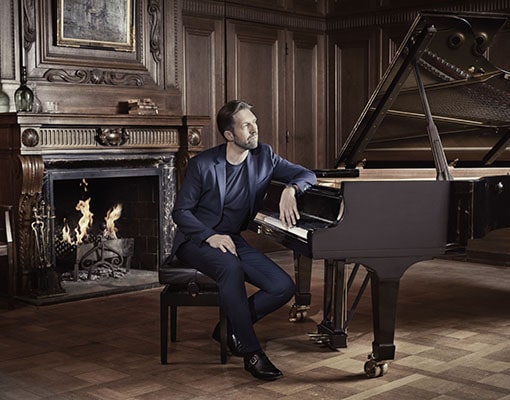Berlin Philharmonic heads for … Michigan
mainLooks like the university has come into some money. It has announced three residencies by the New York Philharmonic in alternate years between 2015 and 2020. In the intervening years, there will be residencies by the Berlin Phil and one other orch, yet unnamed.
This is a significant illustration of the new working life of orchestras in the post-recording age – more time on the road, off the beaten track.






Comments